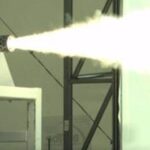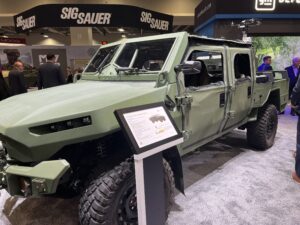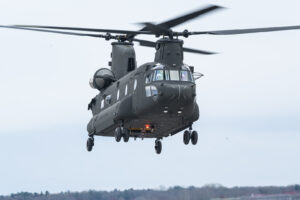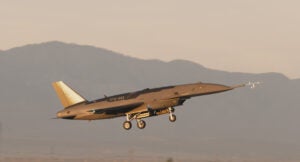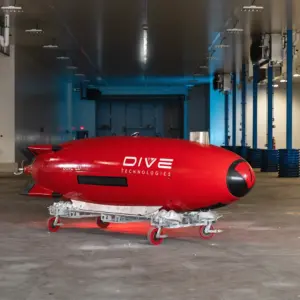
Preparing the road ahead to be able to produce massive quantities of autonomous systems and weapons by leveraging a new software-defined manufacturing platform that relies heavily on commercial suppliers, Anduril industries plans to build a new facility to “rebuild the arsenal of democracy,” the company said on Thursday. The build of its five million-plus square foot Arsenal-1 factory that will lean on a manufacturing platform Anduril also calls Arsenal is supported by a $1.5 billion funding round the company raised…

 By
By 
